Aug 21, 2025 | Education, Electrify LO Journey, Electrify Your Landscaping / Healthy Yard Care, In-Person
Take a Test Drive at the 8th Annual EV Fair
|
Experience driving an electric vehicle at the Lake Oswego EV Fair at the Lake Oswego Methodist Church on September 20 from 10 a.m. to 2 p.m.
|
- Be one of the first 60 test drivers and get a FREE lunch!
- Register and attend this event for a chance to win a gift card from National Drive Electric Month!
|
|
|
|
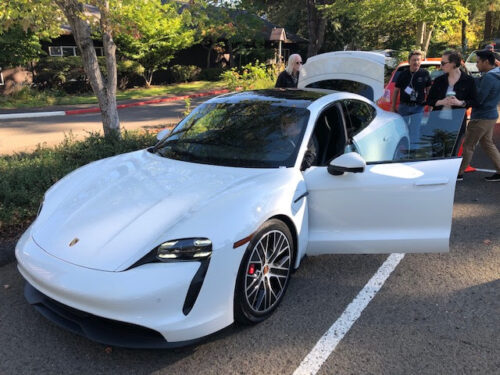
This event provides an opportunity to test drive a variety of electric vehicles, learn about the latest EV models and explore available incentives and rebates. Experts will be available to answer your questions and provide guidance on making the switch to electric.
Meet dozens of local EV owners and learn firsthand why they chose their cars and what the real-life experience of owning an EV is like.
|
Pre-registration is open, and walk-ups are welcome. We look forward to seeing you there!
|
|
|
Do You Already Have an EV? Display It!
|
|
|
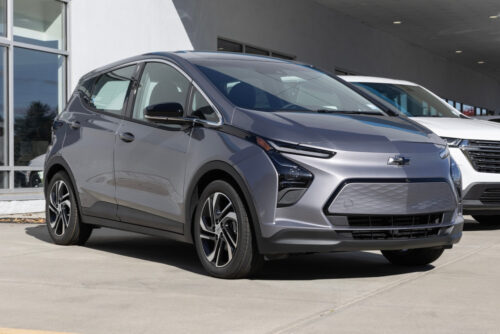 |
One of the best ways to help others who are considering an electric vehicle is to hear first-hand experiences from EV owners. If you’d like to volunteer your time and expertise, join us on September 20 to share your experience as an EV driver, show your electric vehicle, or even offer test rides (optional).
|
|
|
Display your EV and lunch is on us!
|
Thank You to Our EV Fair Sponsors:
|

|
|
City of Lake Oswego Electric Landscape Survey
|
|
|
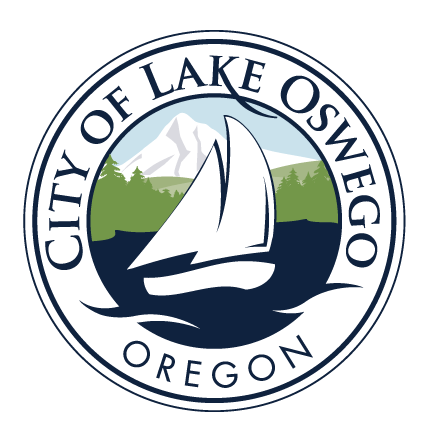
|
The City of Lake Oswego is conducting a survey of Lake Oswego residents, property owners and landscaping businesses to hear their experiences and perspectives on the transition from gas to electric landscaping equipment. This survey will inform work on the City Council’s 2025 goal related to phasing out use of gas-powered landscaping equipment after the City of Portland’s ban goes into effect.
|
|
|
Save the Leaves, Garden with Nature
|
|
|
|
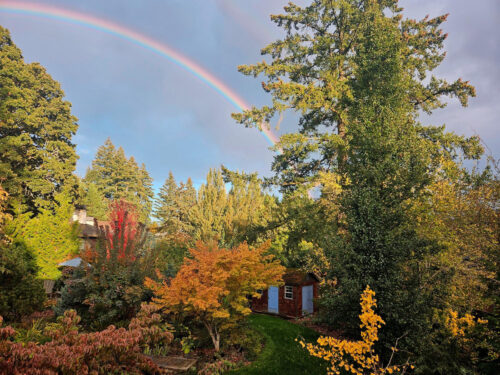
|
Join the Oswego Lake Watershed Council at the Lake Theater and Cafe on September 25, from 6 – 8 pm to hear from guest speakers about the relationship between regenerative gardening practices, soil health, beneficial soil microorganisms, pollinators and biodiversity.
|
|
|
With opportunities for Q & A, you will leave with an understanding of the role we play, and how gardening with nature can save time, money and energy – while supporting the habitat we’re all a part of. Be sure to come early to enjoy the delicious food and drink. Attend to be eligible to win gift cards to local nurseries and restaurants!
For more information: oswegowatershed.org
|
|
|
Jul 24, 2025 | Education, Electrify LO, Electrify LO Journey, In-Person, Online
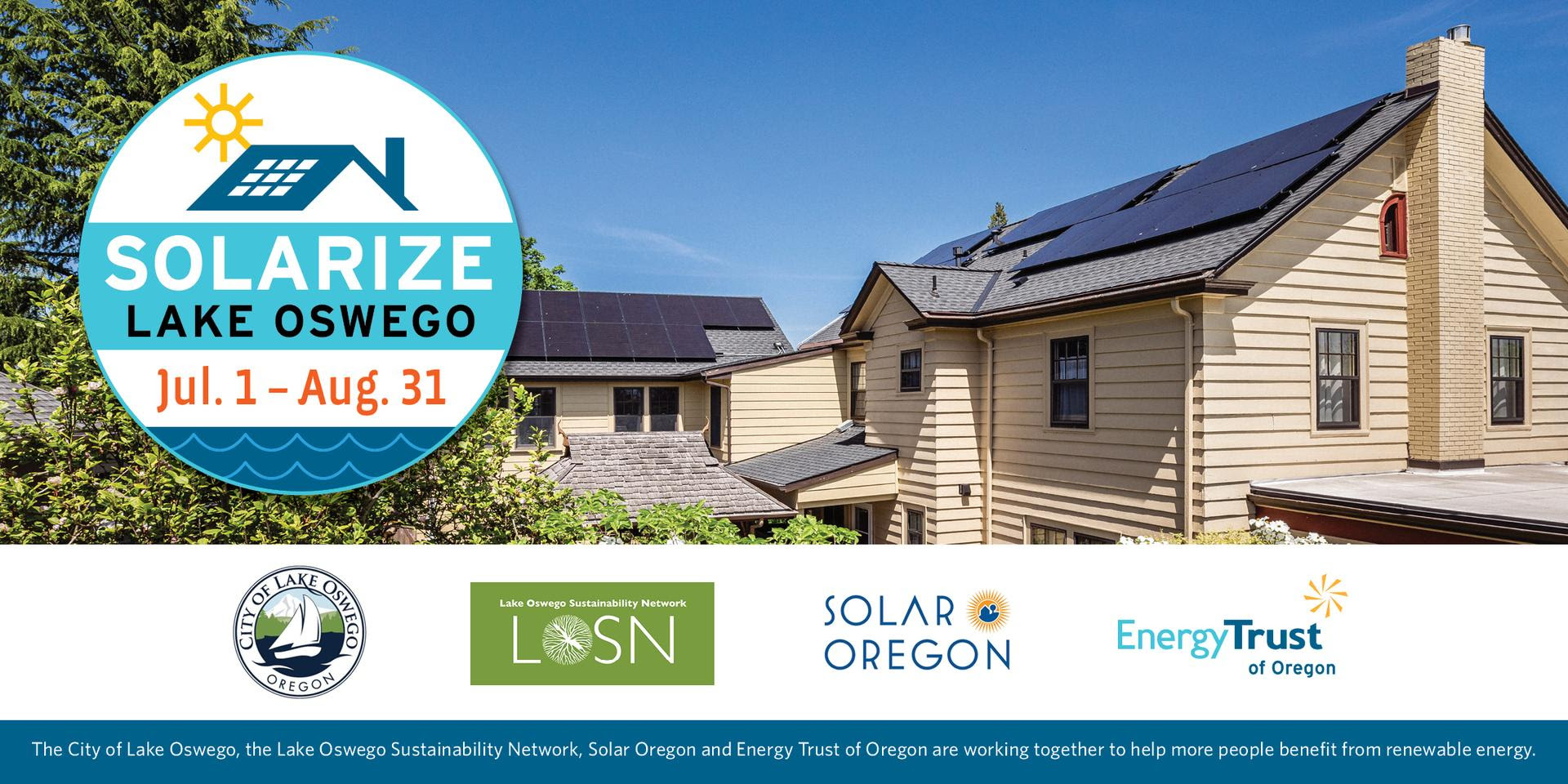
The roll back for federal support of clean energy signed into law in July 2025 included the end of the 30% tax credit for residential solar and home battery storage systems. If you want to obtain this Residential Clean Energy Credit you will need to have your residential solar and/or battery storage system installed and operational by December 31, 2025. Permits for solar systems take a couple of months to secure and many solar companies are reporting substantial demand. If you want to take advantage of this tax credit ACT NOW.
Get a bid from an Energy Trust of Oregon Allied Contractor through the ETO Solarize Lake Oswego webpage.
Get more information about solar at two free informational events in Lake Oswego.
|
|
|
Tuesday, July 29, 2025
12 – 1 pm
Online
|
|
Tuesday, August 19, 2025
6 – 7 pm
Lake Oswego Public Library
|
|
|
Why add solar to your home?
|
- You add clean energy to the grid.
- Oregon’s goal is to have investor-owned utilities reduce their greenhouse gas emissions by 80% by 2030. In 2024, PGE was only one third of the way to meeting that emission target. When Oregonians add solar they help meet this goal.
- You save money on your energy bills.
- The break-even point is reported between 8-14 years—after that you have paid off your system and your electricity is free. Residential solar systems usually last 25 years.
- Electricity prices continue to rise, so solar purchased now is a hedge against future electricity price increases.
- You add value to your home.
- A recent study showed residential solar increases the value of your home by an average of 6.9%.
- Homes with solar sell faster than those without solar.
- In Oregon, this increased value is exempt from property tax increase.
- If you add a battery system, you will be energy resilient.
- You will ensure that you have electricity during power outages.
|
|
|
Community Solar Works for Me – And Also Surprised Me
|
By Jim Newcomer, LOSN Volunteer
|
I’m a subscriber to community solar power, so I warn you that I’m writing with a bias: I love it. But wait, there’s more: I’m part of an experiment that could increase our nation’s vegetable supply. What?
First, here’s my experience with the program. About two years ago my wife and I, who rent our home, wanted to access electricity that was procured from clean, renewable sources that would produce few greenhouse gas emissions – that is, not from coal or natural gas. Since we could not erect solar panels on our landlord’s roof, we signed up for Community Solar Power through the Oregon Community Solar Project.
At first we were disappointed – all their available solar farms were fully subscribed, and we were put on a waiting list. After a couple of months, though, a new project opened near us, and they accepted us as a subscriber. Immediately we began to receive electricity from it…
|
|
|
Consult a coach from Electrify Oregon
|
|
|
Other federal tax incentives for clean energy for your home are going away soon. EV tax credits will expire on September 30. Home energy tax credits for heat pumps for heating and cooling your home and your hot water heater will end December 31, 2025. If you want to get some help figuring out how to bring clean energy into your home, find contractors, and get tax breaks and financial incentives, consider a free session with a coach from the nonprofit Electrify Oregon. LOSN is an allied organization of Electrify Oregon and several of the coaches live in Lake Oswego.
|
|
|
Jul 22, 2025 | Electrify LO, Electrify LO Journey
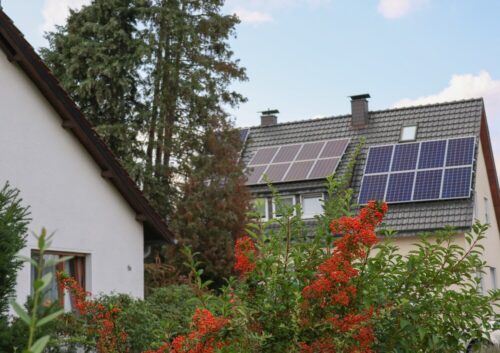
The roll back for federal support of clean energy signed into law in July 2025 included the end of the 30% tax credit for residential solar and home battery storage systems. If you want to obtain this Residential Clean Energy Credit you will need to have your residential solar and/or battery storage system installed and operational by December 31, 2025. Permits for solar systems take a couple of months to secure and many solar companies are reporting substantial demand. If you want to take advantage of this tax credit ACT NOW.
Get a bid from an Energy Trust of Oregon Allied Contractor through the ETO Solarize Lake Oswego webpage.
Why add solar to your home?
- You add clean energy to the grid.
- Oregon’s goal is to have investor-owned utilities reduce their greenhouse gas emissions by 80% by 2030. In 2024, PGE was only one third of the way to
meeting that emission target. When Oregonians add solar they help meet this goal.
- You save money on your energy bills.
- The break-even point is reported between 8-14 years—after that you have paid off your system and your electricity is free. Residential solar systems usually last 25 years.
- Electricity prices continue to rise, so solar purchased now is a hedge against future electricity price increases.
- You add value to your home.
- A recent study showed residential solar increases the value of your home by an average of 6.9%.
- Homes with solar sell faster than those without solar.
- In Oregon, this increased value is exempt from property tax increase.
- If you add a battery system, you will be energy resilient.
- You will ensure that you have electricity during power outages.
- Your house is a primary or secondary home, not a home you are renting.
- Your roof planes face south, east or west.
- Your roof does not have substantial shade.
- Obstruction by shade can be determined by satellite imagery.
- More refined analysis can be completed by your contractor.
- Your roof is in good condition and has at least 10 years of roof life.
What are the financial advantages of solar?
The federal tax credit is 30%.
- It is only valuable to homeowners who pay federal taxes.
- Make sure you have enough tax liability to take advantage of this tax credit.
- At this time, some tax liability can be carried forward to future years.
- Example: For a system that costs $30,000, the federal tax credit would be $9,000.
Energy Trust of Oregon offers additional rebates. These rebates will continue beyond the federal cut-off. For residents in Lake Oswego, they include:
Financing
- Financing of systems is common.
- Installers may offer financial plans.
- Credit unions may have loans tailored to solar.
- In the summer, during the day you will generate more electricity than you can use. This electricity will flow back into the grid. PGE will give you credit for this electricity.
- During the winter, when you are not generating enough electricity, PGE will supply you with electricity and you will pay the bill using the credits you’ve accrued from PGE in summer.
- This is called “net metering”.
- These credits roll over from month to month through the year, but not from year to year.
- If you have not used your credits by March 31, they are donated to low-income subscribers or nonprofits.
- When you purchase your system, your contractor will size your system based on your past use by looking at your PGE bills so that your net-metering credits fit your usage.
When you request a bid through the ETO Solarize Lake Oswego Website, installers will be clear with you if they can complete the work by December 31 so that you will be eligible for the 30% federal tax credit.
Jul 21, 2025 | Electrify LO, Electrify LO Journey, Natural Resources - Testimonials
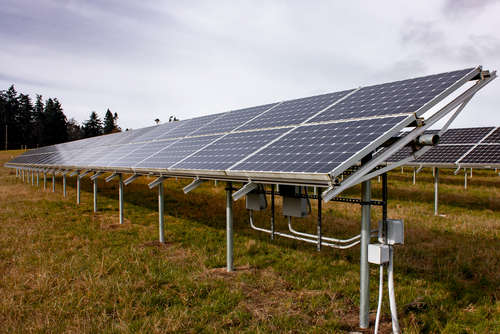
By Jim Newcomer, LOSN
I’m a subscriber to community solar power, so I warn you that I’m writing with a bias: I love it. But wait, there’s more: I’m part of an experiment that could increase our nation’s vegetable supply. What?
First, here’s my experience with the program. About two years ago my wife and I, who rent our home, wanted to access electricity that was procured from clean, renewable sources that would produce few greenhouse gas emissions – that is, not from coal or natural gas. Since we could not erect solar panels on our landlord’s roof, we signed up for Community Solar Power through the Oregon Community Solar Project.
At first we were disappointed – all their available solar farms were fully subscribed, and we were put on a waiting list. After a couple of months, though, a new project opened near us, and they accepted us as a subscriber. Immediately we began to receive electricity from it.
Nothing changed at our house. No new wires were connected; no adapters were required. We still got our power through those same PGE lines along our street, but PGE was receiving electrons from our solar farm and providing the equivalent flow of electrons to us from their power line. (Important concept – equivalent flow. It means we do not actually receive electrons from our solar farm into our home!)
We were informed that a company named Arcadia, a national firm that builds and manages solar farms in several states, had invested in our local solar farm and was managing our connection from there to PGE. We receive regular updates from them and we still, just as before, receive a monthly bill from PGE that oddly enough contains no mention of Arcadia or, for that matter, our connection to solar. We now receive normal electric service round the clock, of course, rain or shine, and we also experience all the power outages that occur to PGE customers. But I get a little rush of pleasure every time I think of our lights being powered by our solar farm!
I’ll add that in our experience the attraction of saving money on our monthly electric bill is virtually negligible – maybe $5 a month. Our satisfaction comes from knowing that despite renting our home, when we turn on the lights our energy comes directly from the sun instead of from a coal-fired generator or a natural gas turbine. We can say, just as if we had solar panels on our roof, most of our electricity is now clean and renewable.
Now here’s how we were surprised: Solar Harvest, the solar farm that produces our energy, is in a six-acre field not far from the airport in Aurora, down I-5 less than ten miles from our home. Then we discovered a second surprise: the Solar Harvest Farm near Aurora is operated by Oregon State University’s College of Agriculture as an experimental marriage of solar panels and farming.
There, under the rows of photovoltaic (PV) panels, they are planting shade-tolerant crops such as alfalfa, arugula, beets, bok choy, cabbage, carrots, chard, garlic, onions, parsley, radish, spinach, sweet potato, turnips and yams. To make it work, they have even enabled some of the solar panels to tilt up to allow tractors to pass.
Their purpose? To see if growing things under and among solar panels would increase production by cooling the ground in hot summer months and saving water. And it does! In their report evaluating the results from these last few summers, the authors come as close to waxing ecstatic as academic authors are allowed:
“Lettuce alone could justify a national project in agrivoltaics,” they report. “In 2012, U.S. farmers grew lettuce on 267,100 acres. PV panels on that land could generate 77 GW of electricity, more than the total U.S. installed capacity (60 GW) of PV power in 2018. Research by Prof. Chad Higgins, Solar Harvest Principal Investigator, shows that converting just 1% of the world’s agricultural land to agrivoltaics would offset global energy demand.”
Even more surprising, they have discovered an echo effect that boosts the benefits in the other direction as well: growing crops under PV panels cools the panels in return and thereby actually increases the efficiency of their solar production by some ten percent. It works both ways: PV panels increase vegetable production, and vegetable production increases electrical generation from the PV panels.
Just by signing up for free, in fact, saving $5 per month on our electricity bill, we get to be part of a grand, successful scientific experiment that will benefit people all over the world as well as slow climate change. What’s not to like?
As an obvious next step, Columbia Insight reported in 2023 that the OSU Extension Service is spreading this new idea among Oregon farmers: they don’t have to give up growing crops if they accept a solar farm on their land. In fact, they might even increase their yields in the fields when they erect photo-voltaic panels. The implications of that for agriculture are stunning.
All that information and satisfaction sprung from my family’s easy buy-in to a piece of a community solar project.
For more information, Electrify Now features short videos on its website about the advantages of signing up with community solar. And you can sign up there to connect. For even more detailed information, Electrify Now sponsored a free 45-minute webinar entitled “Community Solar – the Best-Kept Secret in Renewable Energy,” on July 17 featuring leaders of several of these community solar power organizations in a discussion of the state of community solar power today. The webinar recording is available here.
When you are ready you can join too, through any of these gateways: Oregon Clean Power Cooperative, Common Energy, or Electrify Now.


